The Most Comprehensive Guide to Queer Fashion Trends
Queer fashion isn’t just clothes. It’s one of the most powerful forms of self-expression! It’s dynamic, inclusive, and shrugs at old gender boxes. It’s a free platform for every LGBTQ+ member to prove their individuality and identity. It blends boldness and creative defiance against boring, limited, binary society.
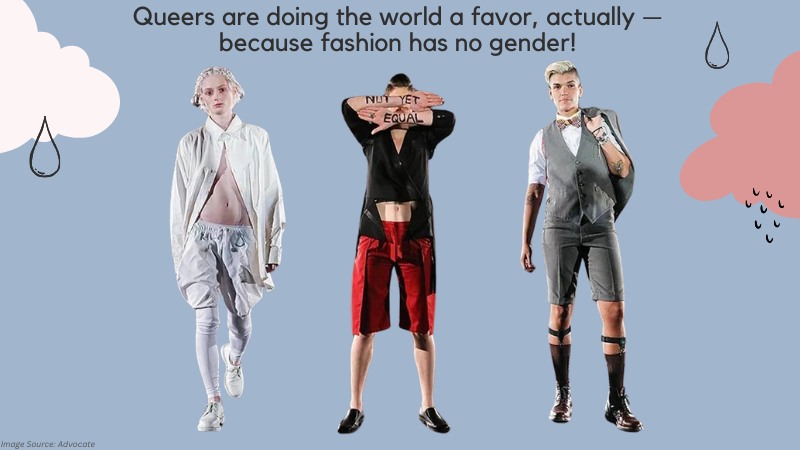
But hold on! Queer fashion isn’t exclusive to the LGBTQ+ folks! These trendsetters didn’t only share their diverse and inclusive visions. They left their mark on every branch of the fashion world we enjoy today.
That’s why it’s crucial to understand queer fashion! It’s to remind us of its role in breaking down barriers. Let’s get to know queer fashion then and now as it continues to shape and reflect the vibrant LGBTQ+ culture.
The Foundations of Queer Fashion
Although “queer” was once a slur, the modern Pride community reclaimed the term. Like everything else, we spun it into something truly amazing. Queer fashion is all about smudging those traditional gender lines. Blurring it more and more until there’s no clear boundary to what’s “female” or “male.”
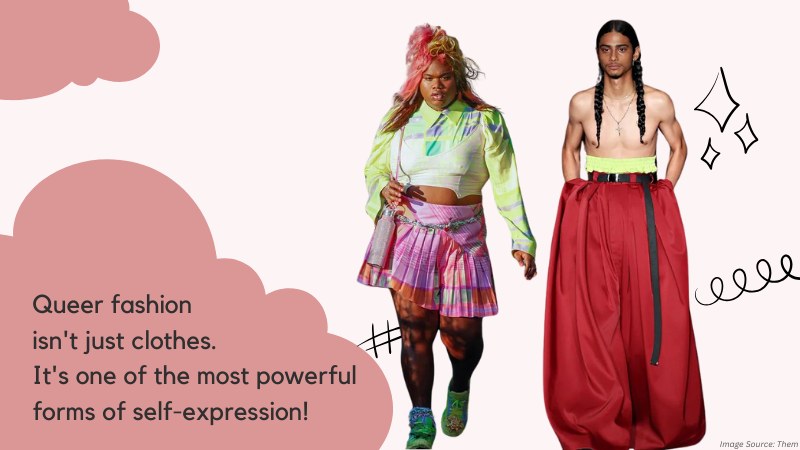
Queers are doing the world a favor, actually — because fashion has no gender!
Everyone can wear whatever mix of styles and clothing they want. This flexibility is always a highlight of queer fashion. It’s the exploration and expression of being “you” in a world that demands you to be like “them.”
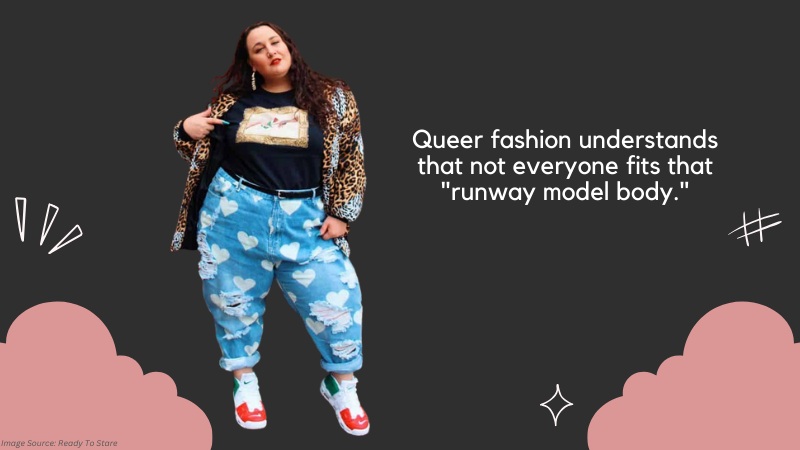
Queer fashion is also critical of aspects most fashion movements don’t care about. Think of inclusive sizing, for example. Queer fashion understands that not everyone fits that “runway model body.” (And that’s perfectly okay!) Queer fashion pushes back at this and emphasizes the need for clothing that fits all body types.
There are no weird member prerequisites, either! You’re gay and love to wear rainbow things? Great! You’re straight but love to crossdress? Go ahead! You shouldn’t gatekeep fashion! Like culture, it should be shared, enjoyed, and developed by many.
This welcoming nature of queer fashion makes anyone feel like they belong. Like they are seen, accepted, and valued.
Key Queer Fashion Trends
I’ve told you about why queer fashion is such a chief driver of the LGBTQ+ culture. But what trends stood out the most?
Androgynous or Gender-Fluid Fashion
Androgynous play with the oldies who say there are only “male fashion” and “female fashion.” Because hey, how can they explain Jimin of BTS, then? Or even Harry Styles?
Androgyny sits — very comfortably so — in the middle of the male-female fashion. For some, it’s mingling the two together in the right balance. For others, it’s the absence of gender. Androgynous fashion is all about breaking free from gender-specific clothing.
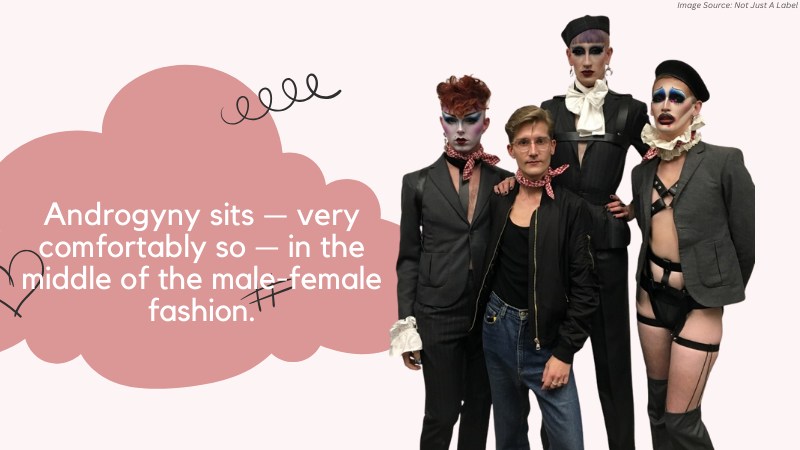
Gender-fluid fashion allows anyone to express different facets of their individuality. I know you get what I’m talking about. One day, you might feel more masculine. The next day, more feminine. Androgynous fashion wants you (and your wardrobe) to reflect that fluidity.
This trend encourages experimentation and self-expression. It’s no wonder it’s a staple in queer fashion.
Crossdressed Fashion
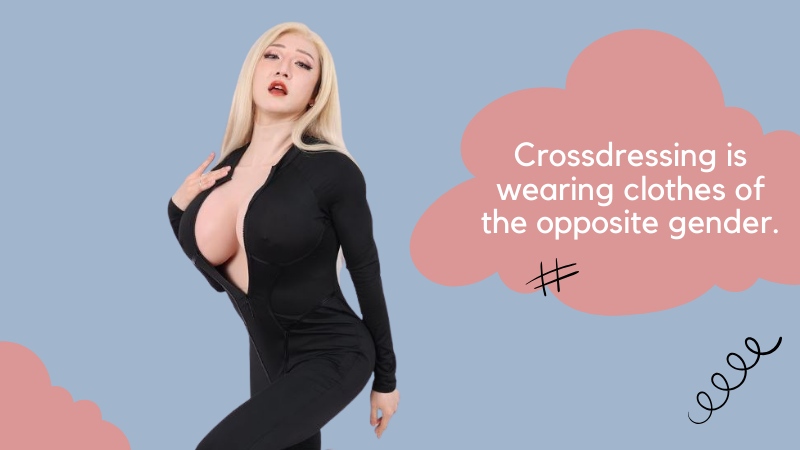
Crossdressed or crossdresser fashion is another vital trend within the queer community. One, dare I say, that never left when it was first invented. Crossdressing is wearing clothes of the opposite gender. This is thanks to society’s binary notion of gender.
Crossdressing is rampant in many creative endeavors and art. Just look at theatre, drag shows, and even Hollywood. Many crossdress because it’s an influential mode of showcasing your inner self.
In recent years, more and more people are venturing into crossdressing. Why? It’s an excellent way to explore gender identity in a safe and affirming way.
Look around crossdressing communities, for instance. What do you think will you discover? It’s crossdressers who only dared to explore in their golden years.
I can’t really say they wasted their youth. Especially not when it’s only now that connecting with parts of yourself you’ve hidden becomes acceptable.
Vibrant Colors and Patterns
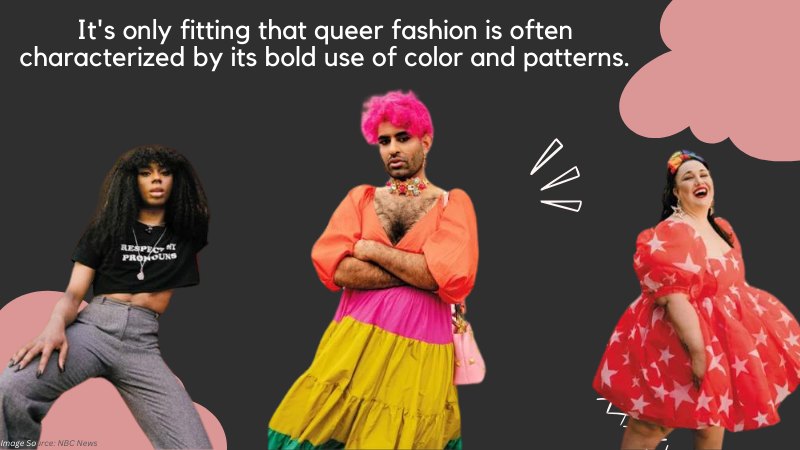
The LGBTQ+ community is vibrant and adventurous. It’s only fitting that queer fashion is often characterized by its bold use of color and patterns. Why not when this trend is all about making a statement?
Lively colors and designs reflect the energy and diversity of the LGBTQ+ community. It’s eye-catching because they should be! They should be near-impossible to ignore!
This trend is one that intimidated me at first. I’ve always repressed my being a crossdresser. I always blend in, never wanting to stand out. But let me tell you — once you wear these zippy designs, you’ll feel like a new person.
Don’t think too much of it! Just have fun with your wardrobe! Let the vibrant hues and crazy patterns do the talking. Beyond fun designs, this trend also highlights the importance of visibility. It’s an effective way to proudly display your identity. It’s a courageous way to show your solidarity with the LGBTQ+ community.
Vintage Styles and Retro
Vintage and retro styles are making a comeback in queer fashion. I mean, to be honest, did they ever go away? After all, it’s our queer grandmothers who gifted us the queer liberation we’re enjoying right now.
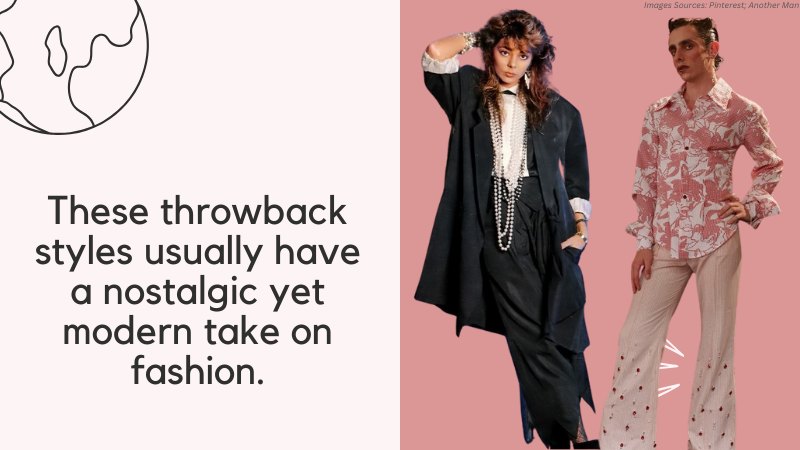
It’s not 100% vintage or retro though. These throwback styles usually have a nostalgic yet modern take on fashion. Vintage fashion lets queers be sentimental. It’s a great way to infuse their closets with a sense of history and personality. They can then come up with looks that are both timeless and trendy.
Shopping for vintage pieces is like treasure hunting too! You can browse at thrift stores, online vintage shops, or someplace else. In the end, you’re guaranteed that each piece has its story. Mixing vintage items with contemporary pieces leads to a distinctive and eclectic vibe.
Plus, retro fashion is also a way to pay homage to past LGBTQ+ icons and movements. It connects the present with the past. It reminds us of the rich history and resilience of the queers. It’s a stylish nod to those who paved the way for today’s fashion freedom.
Rainbows, of Course!
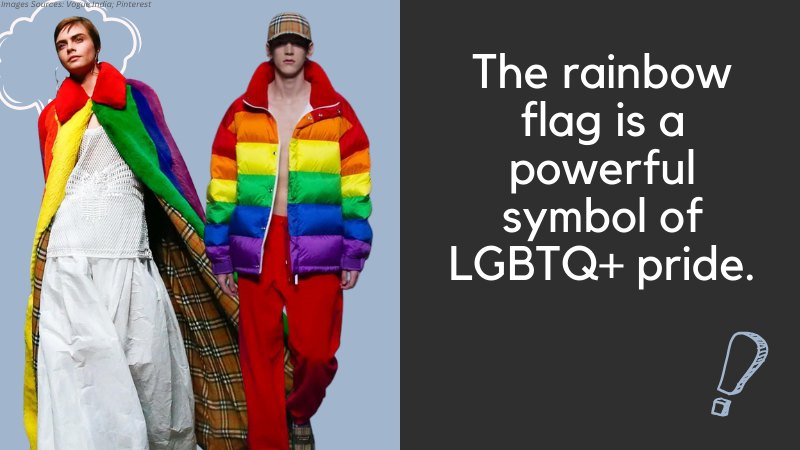
No guide to queer fashion would be complete without mentioning this seven-palette. The rainbow flag is a powerful symbol of LGBTQ+ pride. But there are more chic ways to add anything rainbow-coded to your fit.
Just so you know, today, anyone with a rainbow anything is automatically considered a queer supporter. After all, this trend is all about celebrating diversity and inclusivity. It’s an obvious call card that’ll make the other allies and queers flock to your direction!
Wearing rainbow colors can be a joyful and uplifting experience. It’s a way to express your identity and connect with others in the LGBTQ+ community.
This trend also highlights the importance of representation. Rainbows are a universal symbol of hope and acceptance. Wearing them can be a way to spread positivity and love. It’s a (very) colorful reminder that everyone deserves to be seen and celebrated.
Sexual Expression Through Fashion
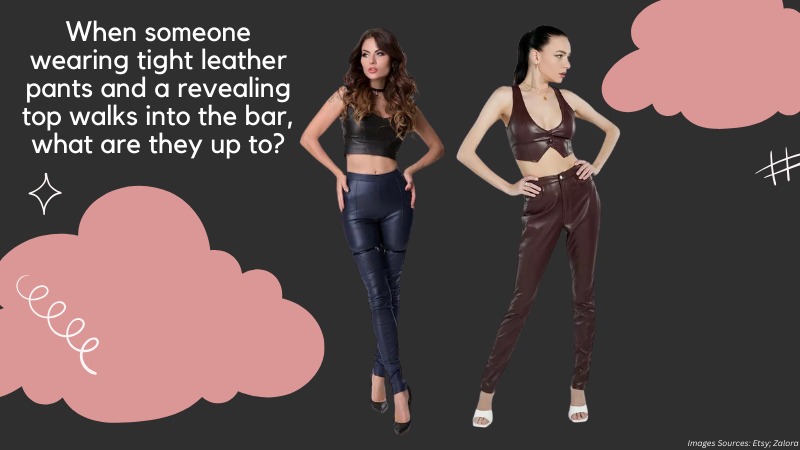
Fashion has always been a means of expressing sexual identity. (Male and female as the only two sexes? Duh.) Queer fashion forces itself into that spectrum and takes this to another level.
The fun thing is that certain pieces can communicate aspects of one’s sexuality. This is true in both bold and subtle ways. Let me demonstrate. When someone wearing tight leather pants and a revealing top walks into the bar, what are they up to? These fashion choices can express confidence and desire.
Other examples include:
● Lingerie – This plays a significant role in queer fashion. I’m particularly speaking for those who enjoy exploring different facets of their identity. Lacy bras? Silky boxers? Lingerie gives you that instant “I’m sexy and empowered” card. It’s more about what you feel than how others see them.
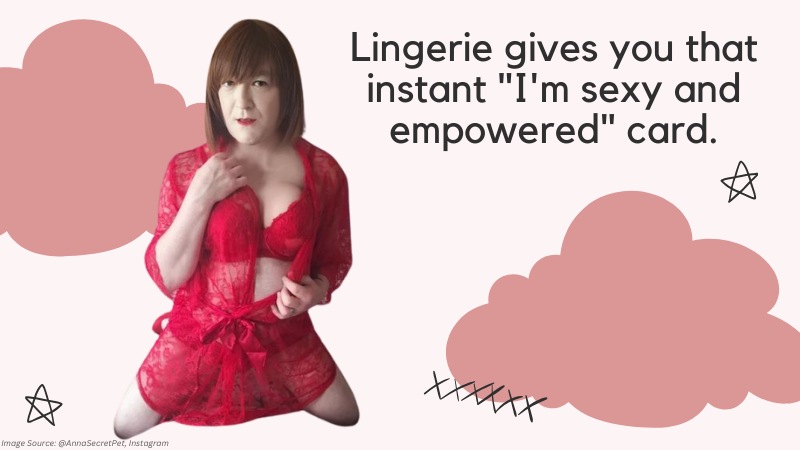
● Fetish wear – Yes, these are not just for the bedroom! Accessories, such as harnesses or latex outfits, also hold cultural significance. These pieces are in-your-face evidence of sexuality and desire exploration. Fetish wear is another form of self-expression. It’s a way to connect with others who share similar interests.
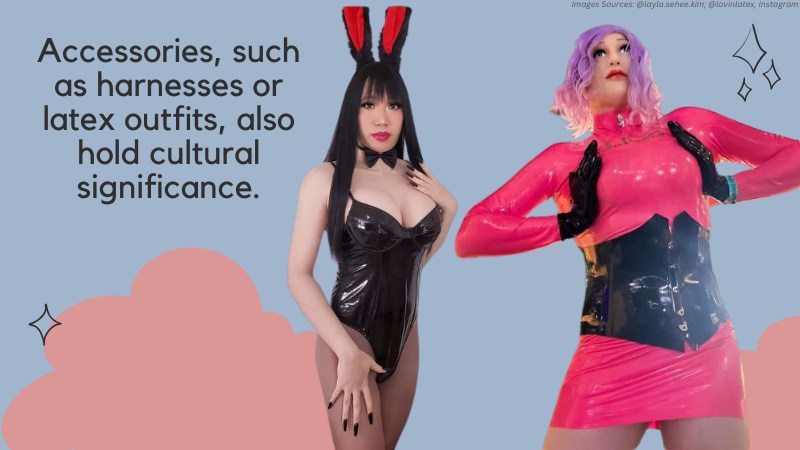
Incorporating Queer Fashion Trends
Integrating queer fashion trends into your life is an exciting and rewarding process. Start by identifying the trends that you feel connected to. Those that make you go, “Oh, I want to try that!” They don’t need to be the perfect style for you. These trends making you feel excited is enough.
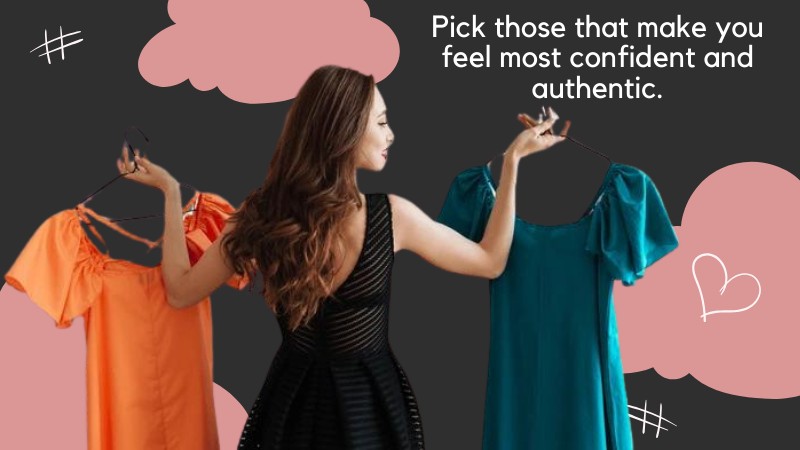
Experiment, experiment, and experiment again. If one trend doesn’t fit your aesthetics, move to the next. It’s a checklist, and you’ll want to see which trends tick your boxes. TRY different combinations. Pick those that make you feel most confident and authentic.
For those who are closeted, go be subtle. Small accessories that resemble rainbow anything is great. Understated vintage pieces are also treasures! Gradually build your wardrobe as you become more comfortable expressing your identity. Remember, fashion is a personal journey. I’m not here to tell you there’s a right or wrong way to do it.
For out-queer individuals, the possibilities are endless! Mix and match different trends or create your own! Don’t be afraid to step out of the ordinary. Always try something new!
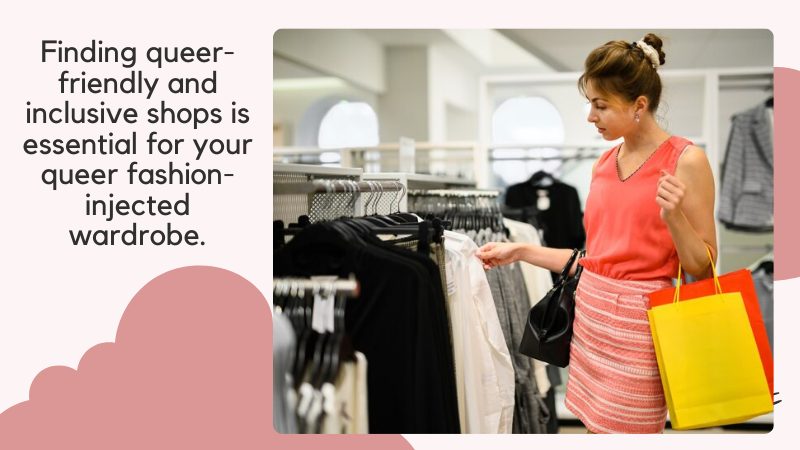
Finding queer-friendly and inclusive shops is essential for your queer fashion-injected wardrobe. Look for local boutiques and online stores. But not just ordinary ones! Go for those that prioritize diversity and representation, if you can. These spaces often have knowledgeable staff. They’ll assist you in discovering pieces that fit your style and body.
Online forums and communities are also valuable resources for queer fashion enthusiasts. Platforms like Reddit, Instagram, and Facebook groups are great. These are spaces to share tips, recommendations, and inspiration. Connecting with others who share your interests is an excellent way to dig out new trends.
Support brands and designers who advocate for LGBTQ+ rights. Your purchasing decisions make a difference. Spend your money and promote queer businesses that align with your values!
Challenges and Advocacy
Queer fashion is a challenger of old traditions. It’s no wonder it also comes with its fair share of criticisms. Discrimination and lack of representation are nothing new. What we can do is to continue addressing these issues. This requires collective effort and advocacy.
Supporting queer-owned businesses and designers is one way to advocate for change. Your purchasing decisions can contribute to a more fair and diverse fashion industry. Do your part by looking for LGBTQ+ brands that focus on ethical practices and give back to the LGBTQ+ community.
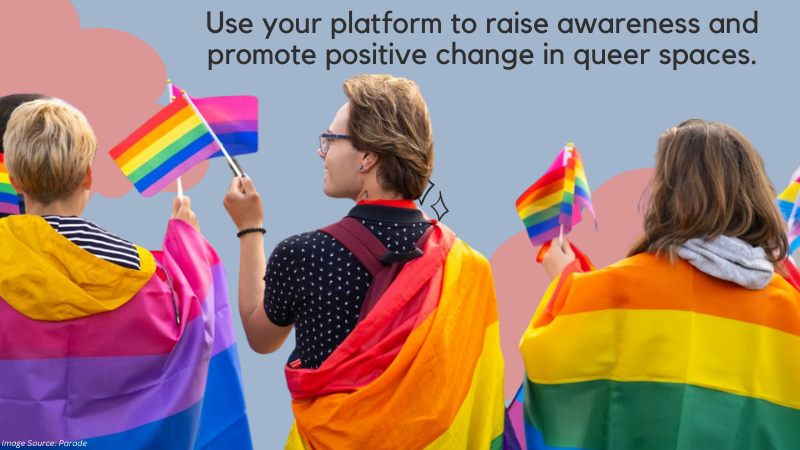
Advocacy also involves speaking out against these stereotypes. Use your platform to raise awareness and promote positive change in queer spaces. Challenging harmful norms. Support inclusivity. Soon, queers will create a fashion industry that celebrates all identities.
Conclusion
So, what’s next for queer fashion? I wholeheartedly believe it’s going to be bright and full of possibilities. More brands and designers embrace inclusivity these days. So, I’m sure the fashion landscape will continue to evolve.
But take note! Queer fashion isn’t just a trend — it’s a movement! An important movement that celebrates diversity and self-expression.
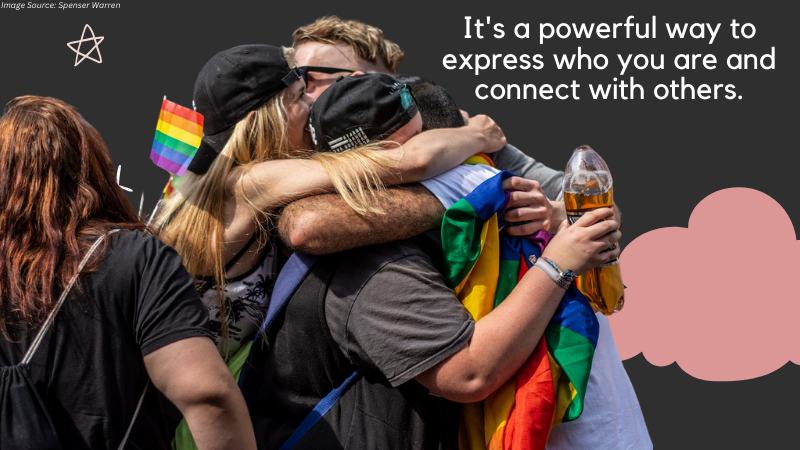
Welcome queer fashion into your life! You’re not only livening your closet. You’re also contributing to a culture that values individuality and authenticity. It’s a powerful way to express who you are and connect with others.
Let’s celebrate diversity and make a statement with our unique styles!
- The Ultimate Guide to Spring Fashion Trends for Crossdressers in 2025
- What to Wear to a Drag Show: Your Ultimate Guide to Fabulous Looks
- Crossdressing Tips: How to Look More Feminine with Broad Shoulders
- Crossdresser’s Guide on How to Wear Short Skirts Without Tights
- Sissy 101: What Are Sissy Panties and Why Do People Wear Them?
- How to Be More Feminine as a Femboy?
Established in 2009, We are a recognized manufacturer and seller of professional crossdressing products.
It is our aim to become not just the most creative manufacturer but also a very considerate seller, as we provide the best quality products for crossdressers all around the world.




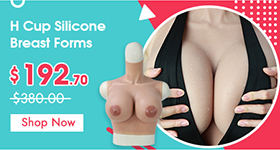
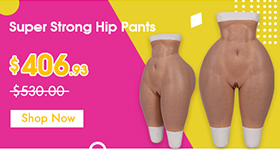

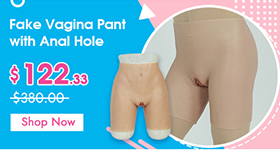
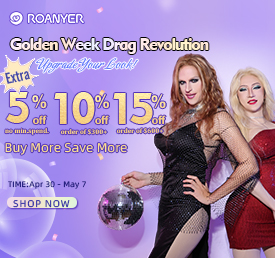
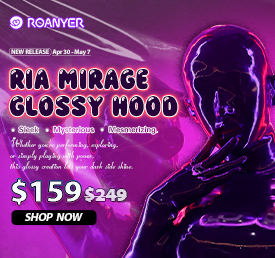
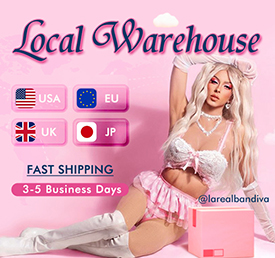
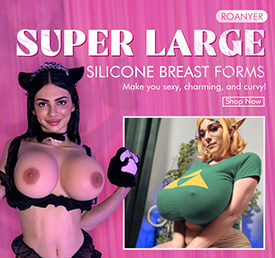
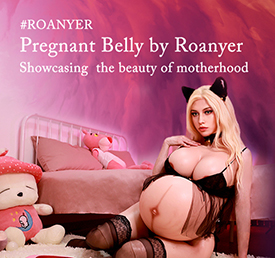
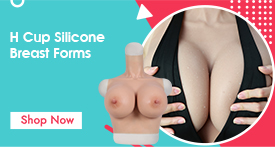
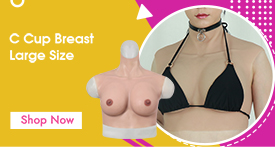
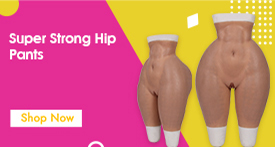
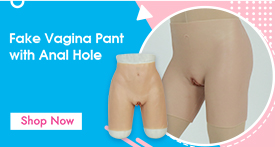

 Breast Forms
Breast Forms  Body Suit
Body Suit  Realistic Mask
Realistic Mask  Femini Girdle
Femini Girdle Hip & Butt Enhancement (8)
Hip & Butt Enhancement (8) Penis Prosthesis
Penis Prosthesis Fake Muscle
Fake Muscle Bikini
Bikini  Wig
Wig  Corsets
Corsets Course
Course service@roanyer.com
service@roanyer.com +8618652200711
+8618652200711 Facebook
Facebook YouTube
YouTube Twitter
Twitter Instagram
Instagram




